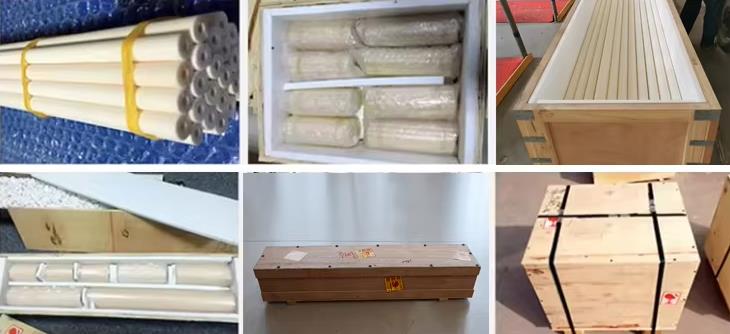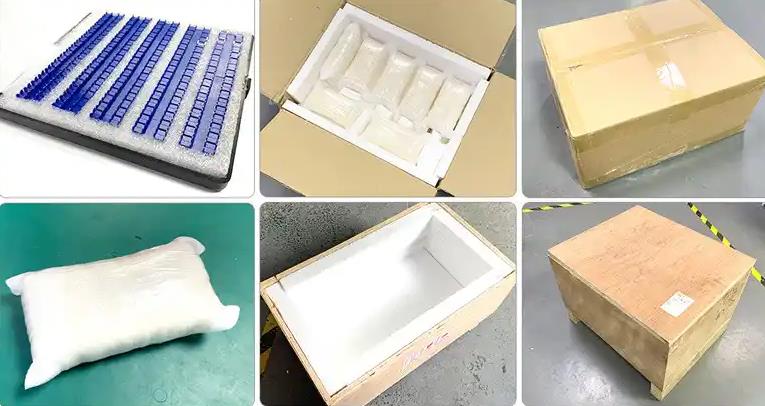Ceramic parts packaging requirements specification detailed explanation
Ceramic parts, as fragile products, require special care in the packaging process to ensure their safety and integrity during transportation, handling and storage. The following is the detailed specification of the packaging requirements for ceramic parts:

First, the choice of packaging materials
1. Cartons: Strong and thick cartons should be selected to ensure that they can withstand pressure and vibration during transportation. The size of the carton should be reasonably determined according to the size and number of ceramic parts to provide enough fixed space.
2. Buffer materials: such as foam board, bubble film, shock-proof film, etc., these materials have good cushioning and shock-absorbing properties, and can effectively protect ceramic parts from the impact of collision and vibration. During the packaging process, it should be ensured that every corner and edge of the ceramic part is fully wrapped and filled.
3. Filling materials: such as shredded paper, foam particles, etc., used to fill the gap around the ceramic parts to reduce the possibility of shaking and collision.
2. Packaging method
1. Separate packaging: Each ceramic part should be packaged separately to avoid squeezing and colliding with each other.
2. Layered placement: Place ceramic parts in layers according to size and shape, and separate each layer with foam or cardboard to prevent friction and collision between ceramic parts.
3. Compact packing: After placing the ceramic parts, seal the box with tape or binding tape to ensure that the contents of the box will not shake or move. For heavy or large ceramic parts, it is also necessary to reinforce the carton with tape or add additional cushioning materials.

3. Identification requirements
1. Fragile mark: The "fragile item" mark should be clearly marked on the outside of the packing box to remind the transport personnel to handle it gently.
2. Product information: The packing box should also be marked with product name, specification, quantity, weight, manufacturer, production date and other information to facilitate sorting and inspection.
Iv. Transportation precautions
1. Handle gently: Handle gently during transportation and handling to avoid vibration and impact of ceramic parts.
2. Choose the right means of transport: use special means of transport or special vehicles to transport ceramic parts to ensure smooth and bumpy transportation.
3. Comply with transportation safety regulations: strictly comply with transportation safety regulations, such as no overload, no speeding, no fatigue driving, etc.
4. Timely inspection: The goods should be inspected in time after arriving at the destination to ensure that the ceramic parts are not damaged, broken, etc.
In summary, the packaging requirements of ceramic parts involve the selection of packaging materials, packaging methods, marking requirements and transportation precautions. Compliance with these specifications can effectively reduce the breakage rate of ceramic parts during transportation and ensure the safety and integrity of products.